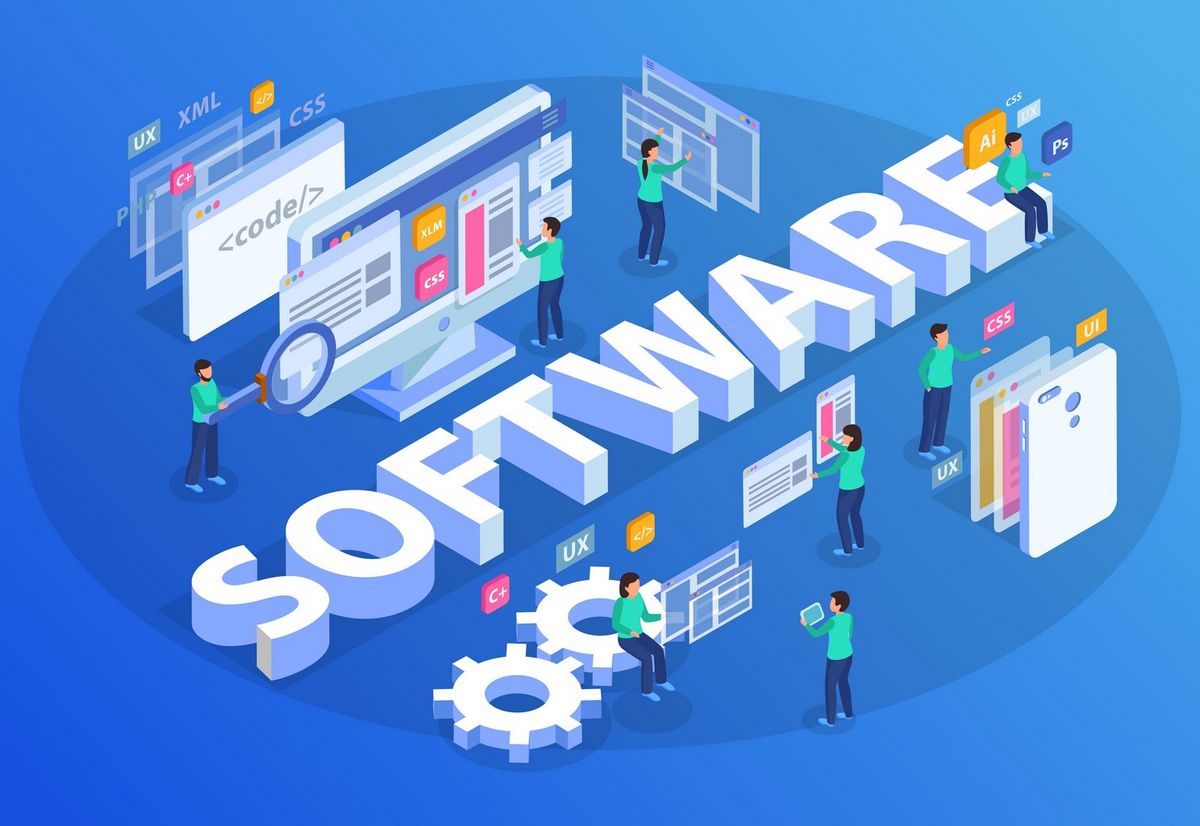Exploring Different Styles of Open Source Licensing Models
 Cloud Tuned
Cloud TunedTable of contents

Exploring Different Styles of Open Source Licensing Models
Open source software has revolutionized the way technology is developed and distributed. One of the key aspects of open source is its licensing, which governs how the software can be used, modified, and distributed. There are various styles of open source licensing models, each with its own set of principles and implications. In this article, we'll explore some of the most common open source licensing models.
1. GNU General Public License (GPL)
The GNU General Public License, or GPL, is one of the most widely used open source licenses. It emphasizes the freedom to use, modify, and distribute software while ensuring that these freedoms are preserved for subsequent users. Under the GPL, any modifications or derivative works must also be licensed under the GPL, ensuring that the software remains open source.
2. MIT License
The MIT License is known for its simplicity and permissiveness. It allows users to do almost anything they want with the software, including modifying, distributing, and using it for commercial purposes. The only requirement is that the original copyright notice and license terms are included in the distribution.
3. Apache License
The Apache License is similar to the MIT License in its permissiveness but includes an explicit grant of patent rights from contributors to users. This makes it particularly attractive for projects involving patents or where contributors want to provide additional legal protections.
4. BSD License
The BSD License comes in several variants, including the simplified BSD License and the modified BSD License (also known as the 3-clause and 2-clause BSD licenses). Like the MIT License, the BSD License is very permissive, allowing users to do almost anything with the software as long as the original copyright notice and disclaimer are included.
5. Mozilla Public License (MPL)
The Mozilla Public License is a hybrid open source license that combines elements of copyleft and permissive licenses. It allows users to modify and distribute the software under the MPL or other compatible licenses, but any modifications to the original codebase must be made available under the MPL.
6. GNU Lesser General Public License (LGPL)
The GNU Lesser General Public License is similar to the GPL but with less stringent requirements for software that is dynamically linked to the licensed code. It allows for the use of LGPL-licensed libraries in proprietary software without requiring the proprietary software to be open source.
7. Creative Commons Licenses
While not exclusively designed for software, Creative Commons licenses are used for various types of creative works, including software documentation and media assets. These licenses allow creators to specify how their work can be used, shared, and remixed, with options ranging from strict attribution requirements to more permissive terms.
8. Affero General Public License (AGPL)
The Affero General Public License is a variant of the GPL designed to close the so-called "ASP (Application Service Provider) loophole." It requires users who modify AGPL-licensed software and offer it as a service over a network to make the modified source code available to users of the service. This ensures that modifications to AGPL-licensed software are accessible to the community, even when the software is used in a networked environment.
9. Server Side Public License (SSPL)
The Server Side Public License is a controversial license introduced by MongoDB. It extends copyleft principles to the use of software as a service (SaaS). Under the SSPL, if you provide a service offering the functionality of the SSPL-licensed software to third parties, you must release the source code of the entire service, including any modifications made to the SSPL-licensed software itself. This license has sparked debates within the open source community regarding its compatibility with other licenses and its impact on the SaaS business model.
Conclusion
Open source licensing plays a crucial role in the development and distribution of software. The various styles of open source licenses offer different balances between freedom, permissiveness, and legal requirements. Choosing the right license for a project depends on factors such as the project's goals, the community's preferences, and legal considerations. Understanding the implications of different licensing models is essential for both creators and users of open source software.
Subscribe to my newsletter
Read articles from Cloud Tuned directly inside your inbox. Subscribe to the newsletter, and don't miss out.
Written by
